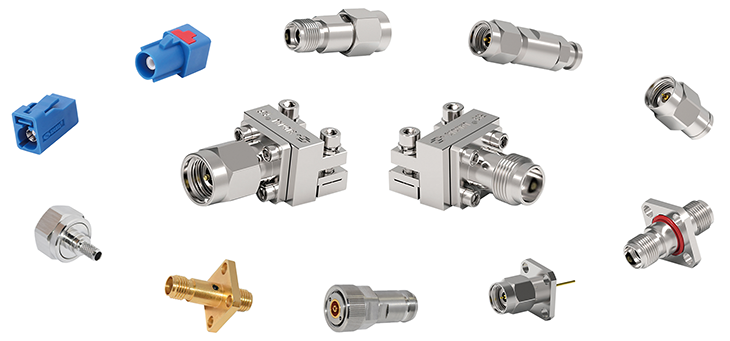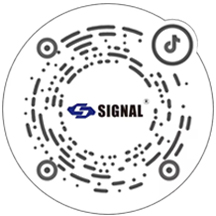In the realm of electrical and electronic engineering, terms like connectors, plugs, and terminals are often used interchangeably, leading to confusion. However, each serves distinct functions within various applications. At Shenzhen SIGNAL, we recognize the importance of clarifying these differences to assist our clients in selecting the appropriate components for their specific needs.
Scope of Differences
1. Connectors vs. Plugs:
o Connectors: Typically facilitate connections between wires and boards or enclosures.
o Plugs: Generally refer to components that connect one device to another, often involving wire-to-wire connections.
In everyday contexts, connectors and plugs are often considered synonymous, but in technical terms, they serve different purposes.
2. Terminals vs. Connectors:
o Connectors: A broad term encompassing various devices that join electrical circuits.
o Terminals: A specific type of connector component, usually consisting of metal contacts housed within an insulating structure, designed to connect wires to a system.
Connectors often include both housing (plastic shell) and terminals (metal contacts), with the housing providing protection and the terminals ensuring electrical conduction.
3. Interrelationships:
o In electrical and electronic fields, connectors and plugs (or sockets) are often viewed as similar, both enabling quick device connections.
o Terminals, however, typically require tools like screwdrivers or pliers for connection and are commonly used for power input and output.
Conceptual Differences
1. Connectors: Also known as interconnects, these are essential components used by engineers to connect two active devices, facilitating the transmission of current or signals.
2. Terminals: Electrical accessories designed to simplify wire connections. They consist of metal conductors encased in insulating plastic, allowing wires to be easily inserted and connected without the need for soldering or twisting.
3. Plugs: Comprising male and female components that can be completely separated, plugs function similarly to switches by changing contact states to achieve circuit conversion. They have distinct insertion and removal states without intermediate positions.

Shenzhen SIGNAL Range of Circular Connectors
Application Differences
· Connectors: Widely utilized across various industries, connectors come in multiple forms, including rectangular, circular, and ladder-type connectors.
· Terminals: Predominantly used in electrical and electronic fields, terminals are found in PCB circuit boards, printed circuit boards, and distribution cabinets.
· Plugs: Commonly employed in scenarios requiring frequent connection and disconnection, such as peripheral devices in computing and consumer electronics.
At Shenzhen SIGNAL, we offer a comprehensive range of connectors, plugs, and terminals tailored to meet the diverse requirements of our clients. Understanding the specific functions and applications of these components ensures optimal performance and reliability in your electrical and electronic systems.






